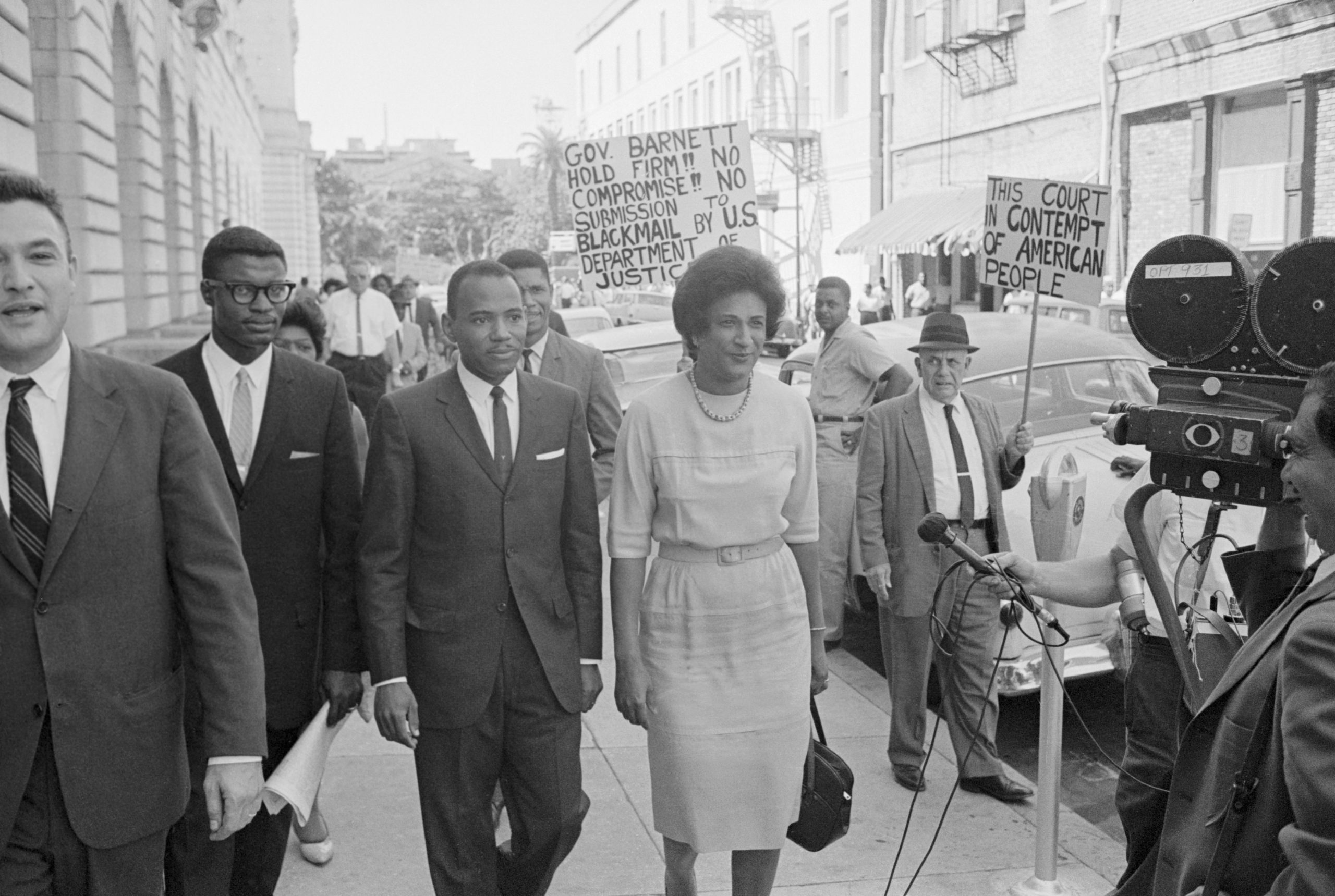The U.S. Court of Appeals for the 5th Circuit has gained a reputation for delivering notably conservative rulings. Some recent decisions from the court have the potential to impact the future of the Consumer Financial Protection Bureau, restrict federal agencies’ ability to enforce regulations, and possibly outlaw medication abortions.
In its current state, the 5th Circuit handles cases in Mississippi, Louisiana, and Texas, a significant shift from its jurisdiction that once covered the entire Deep South, including Alabama, Georgia, and Florida, until 1982. Over the years, the court’s relationship with the Supreme Court has been complex, with the 5th Circuit occasionally pushing boundaries beyond the Supreme Court’s stance on certain issues.
The court’s decisions, particularly on issues like the availability of the abortion drug mifepristone, can offer valuable insights into broader legal trends in the United States. If the Supreme Court upholds a 5th Circuit decision on mifepristone, it could severely limit access to abortion, signaling potential challenges to FDA decisions on drug safety and effectiveness.
Several recent rulings from the 5th Circuit pose a threat to the power of federal agencies. For instance, a decision rejecting the FDA’s relaxation of conditions for mifepristone usage could impact the broader landscape of FDA decisions.

Historically Progressive 5th Circuit Court of Appeals, Once at the Forefront of Advancing Civil Rights (Credits: Government Executive)
Cases related to the Securities and Exchange Commission and the Consumer Financial Protection Bureau’s funding mechanism are pending before the Supreme Court, with potential ramifications for agencies’ regulatory enforcement powers.
The 5th Circuit’s expansive interpretation of gun rights, challenging various firearms regulations, is part of a discernible pattern of restricting federal authority. This pattern distinguishes the 5th Circuit from other federal appeals courts across the nation.
However, this is not the first time the 5th Circuit has stood out. In the aftermath of the Supreme Court’s 1954 ruling in Brown v. Board of Education, which banned racial segregation in public schools, the old 5th Circuit played a crucial role in promoting civil rights.
Judges from that era made rulings that compelled desegregation in public schools and other facilities throughout the Deep South, contributing significantly to the Civil Rights Movement.
In contrast to its predecessor, the current 5th Circuit reflects a substantial transformation. The Supreme Court’s shift towards conservative justices has also influenced its priorities, with a focus on limiting federal power rather than promoting civil rights. The current Supreme Court has undermined the Voting Rights Act, curtailed affirmative action, and repudiated abortion rights.
The 5th Circuit’s alignment with the Supreme Court’s current goals is evident, but at times, it has surpassed the justices, leading to reversals or limitations on its decisions. The ongoing term’s rulings will further illuminate the dynamics of the relationship between the 5th Circuit and the Supreme Court.























